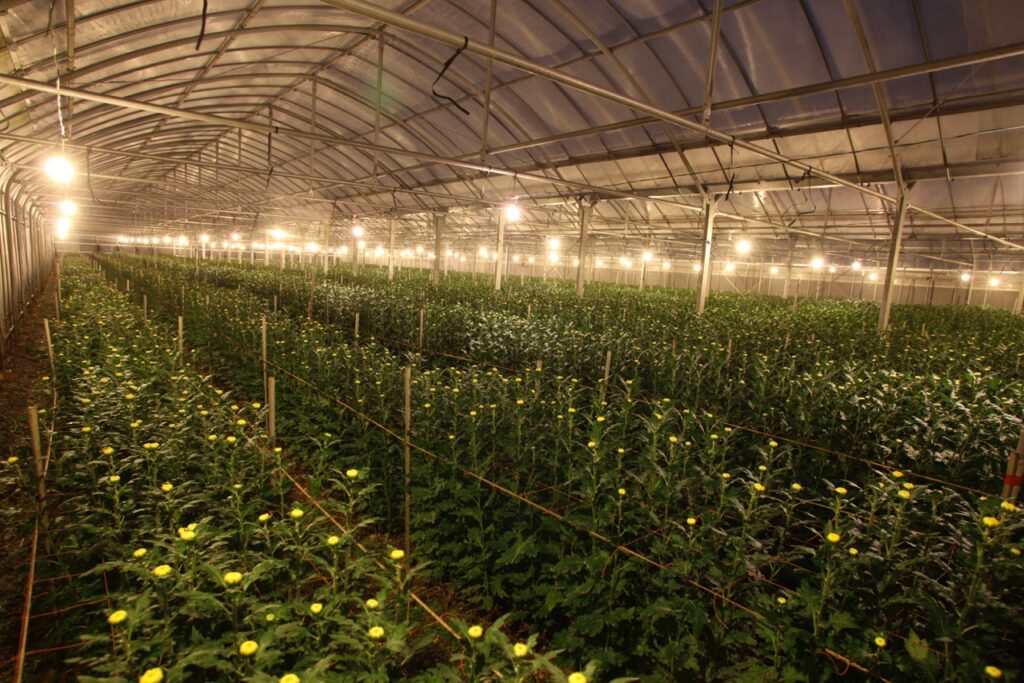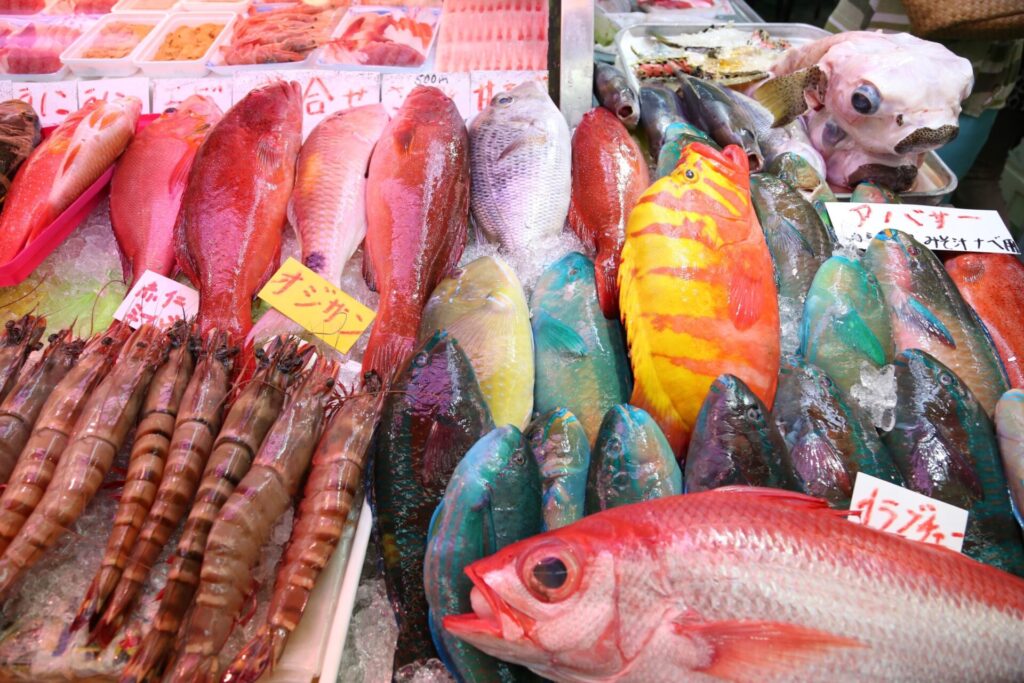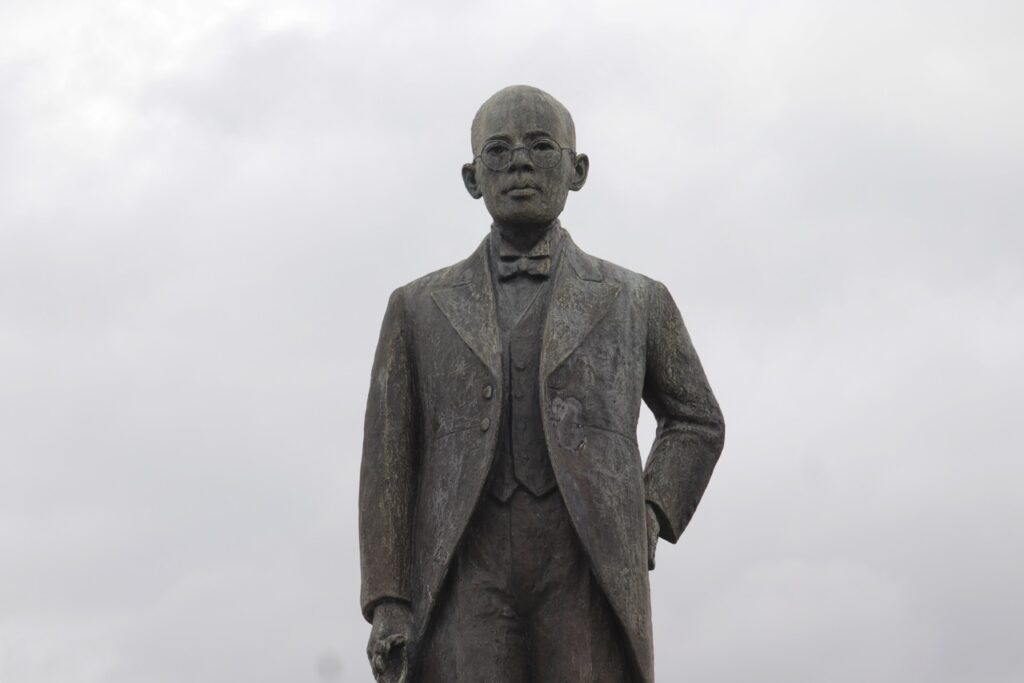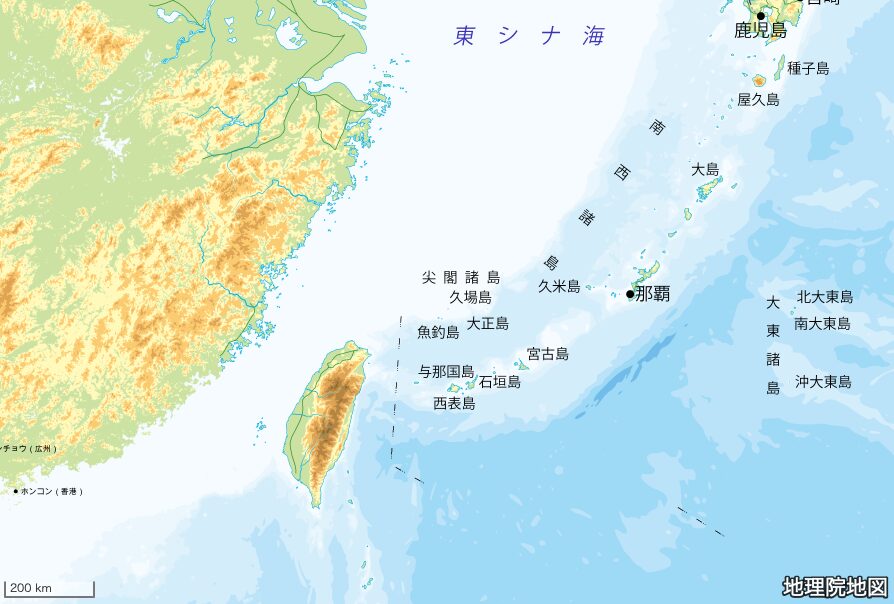Sanpin-cha (Jasmine tea)

Living in such a hot climate, Okinawan people have been drinking tea for a long time. A common scene would feature a large teapot and a dish with chunky brown sugar placed on the engawa porch. Popular brews include Chinese teas such as sanpin-cha (or bara-sanpin), which takes its name from the Chinese “xiāngpiàn-cha” (香片茶) and is also known as jasmine tea.
In Okinawa, Chinese teas like sanpin-cha, shīmī-cha (Qingming tea) and oolong tea have long been imported from China (mainly from Fujian) and from Taiwan and have been the go-to drinks to this day. Jasmine teas often use half-fermented tea leaves, just like oolong teas, yet their weaker fermentation makes them smoother and more flavorful. It is also known for its refreshing and thirst-quenching qualities.
Unlike Japanese tea, which needs to be strained, sanpin-cha is made by placing the tea leaves directly into the pot and adding hot water multiple times, enjoying the tea for as long as the flavor remains. There is a custom in Okinawa called tyucha-wanja (“just a cup of tea”), which means that if you try to leave after a single cup of tea, the host would refill the cup and say that you should stay longer. The custom came from the host’s welcoming attitude, telling the guest, “Don’t rush off, take your time and drink the tea, so you won’t encounter a misfortune.” The custom represents Okinawa’s relaxed and peaceful use of time, but it is possible because the sanpin-cha can be served multiple times. Unfortunately, this custom is fading away. Now one can buy a can of sanpin-cha from a vending machine on the street. People don’t sit down and take the time to enjoy the tea; they just walk around while drinking it.








































































































































































































































